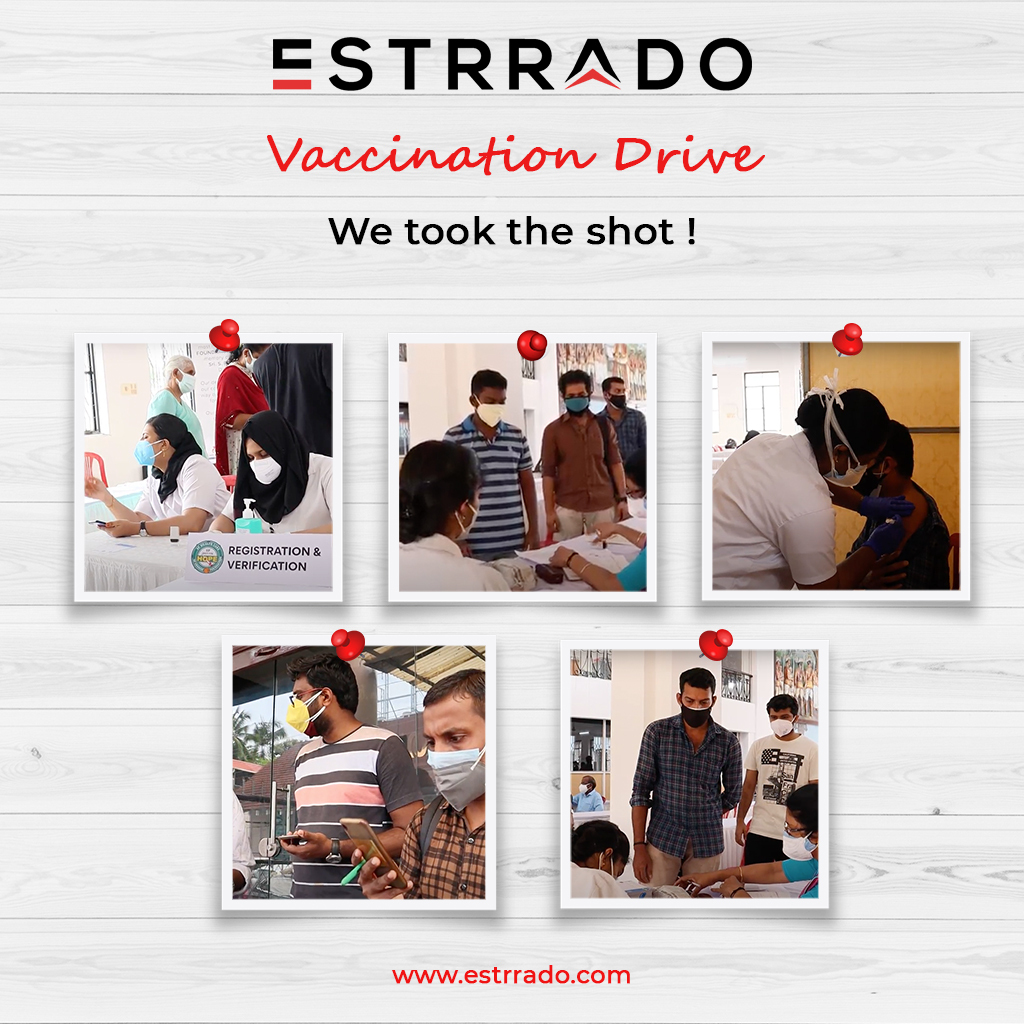The world is in the midst of a pandemic crisis. The medical and scientific communities have been working on a defense against COVID-19 – vaccinations – for a long time. Vaccines have been developed by scientists in a variety of ways. There’s Sputnik, Pfizer, and so on. Covishield, developed by the Serum Institute of India in collaboration with AstraZeneca and Oxford University, and Covaxin, developed by the Indian Council of Medical Research (ICMR) and the National Institute of Virology and manufactured by Bharath Biotech, are the two vaccines available in India.
These two vaccinations were approved for immediate use by Indian regulatory organizations as an emergency measure to combat the spread of COVID-19. These two vaccinations are given in two doses, separated by at least 86 (Covishield) and 28 (Covaxin) days.
Now let’s discuss the importance of vaccination.
The vaccine’s increased immunity will successfully lessen the COVID-19 virus’s life-threatening consequences. When a person is immune to the virus, he or she can also safeguard those around them. The elderly, as well as individuals with a weakened immune system or other health problems, may benefit from this. As a result, the Indian healthcare system will be less overburdened with work. Getting vaccinated will reduce the number of people who die from COVID-19. It is important to understand the advantages of vaccination in order to raise awareness among others.
What role does the vaccine play in our bodies?
Vaccines operate in a variety of ways, depending on how they were created. There have been 14 vaccinations approved by at least one regulatory agency that have been authorized to be distributed to the public so far, with more being studied. The COVID-19 virus is targeted by a vaccination that is injected into the body. These vaccinations are non-toxic to the human body, but they are powerful enough to train the immune system to fight the virus. COVID-19 vaccines are classified as follows, depending on which component of the virus is used to generate the vaccine:
- Inactivated vaccines employ a weakened version of the entire virus that does not cause disease but still stimulates the immune system. Bharat Biotech’s Covaxin, for example.
- To safely generate an immune response, protein-based vaccinations employ chemically manufactured portions of proteins (called peptides) to mimic actual viral proteins that cause the COVID-19 disease. Two such vaccines are the Russian EpiVacCorona and the Chinese RBD-Dimer.
- Viral vector vaccines employ a non-pathogenic ‘vector’ or carrier virus that does not cause disease in and of itself, but rather serves as a vehicle for delivering the genetic code of the unique COVID-19 virus into the body, resulting in an immune response. One example is the Oxford-AstraZeneca vaccine also produced as Covishield in India.
- Vaccines based on messenger RNA and DNA use genetic engineering techniques to introduce viral genetic material (DNA/RNA) into the body, which eventually codes for the viral protein and triggers an immune response. MRNA vaccines include the Pfizer and Moderna vaccines that have been authorized for use in the United States.
At the SP Fort hospital in Trivandrum, Estrrado Technologies held a free vaccination drive for its employees and their families. Every employee received their first dose of Covishield immunization.








